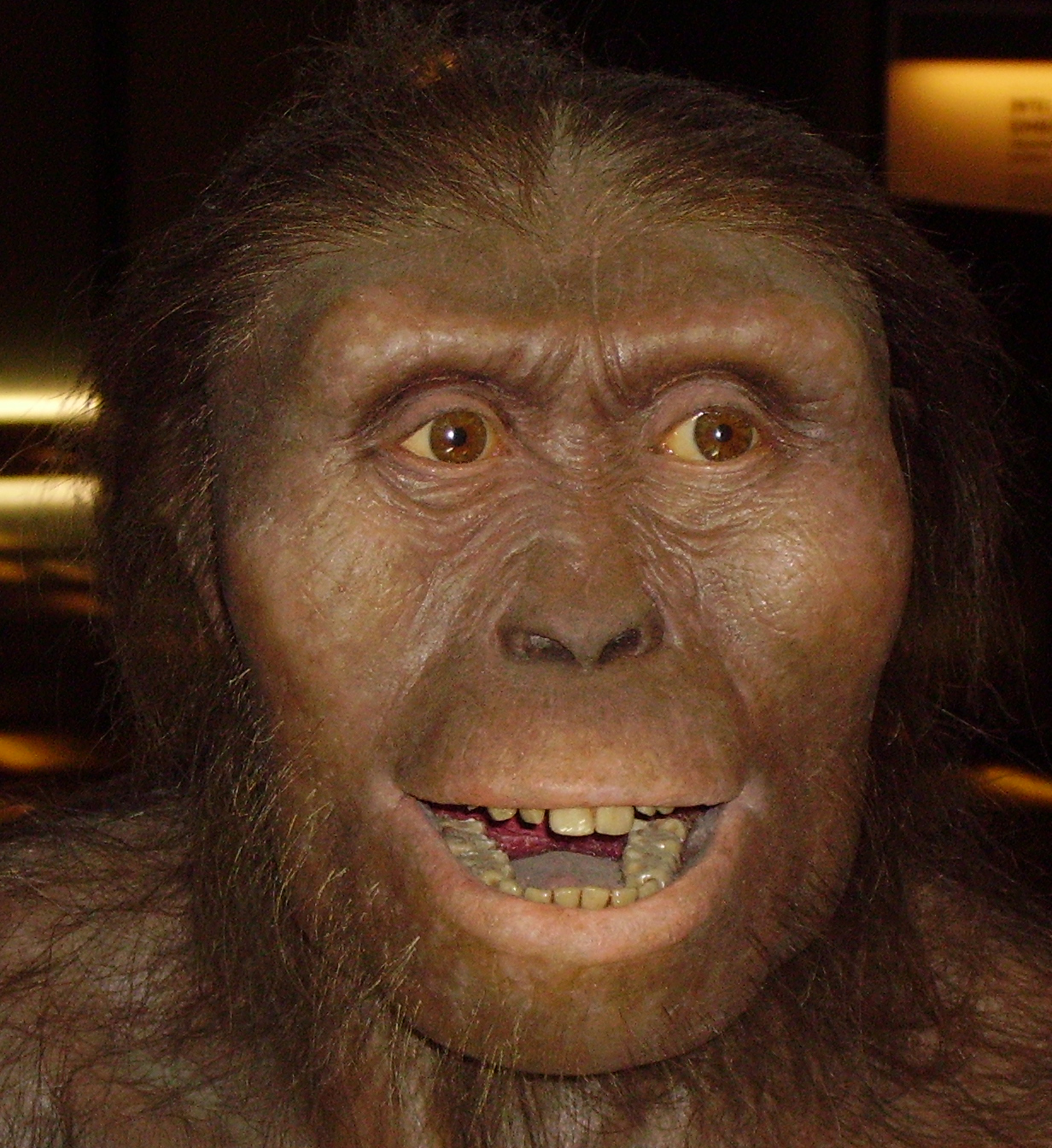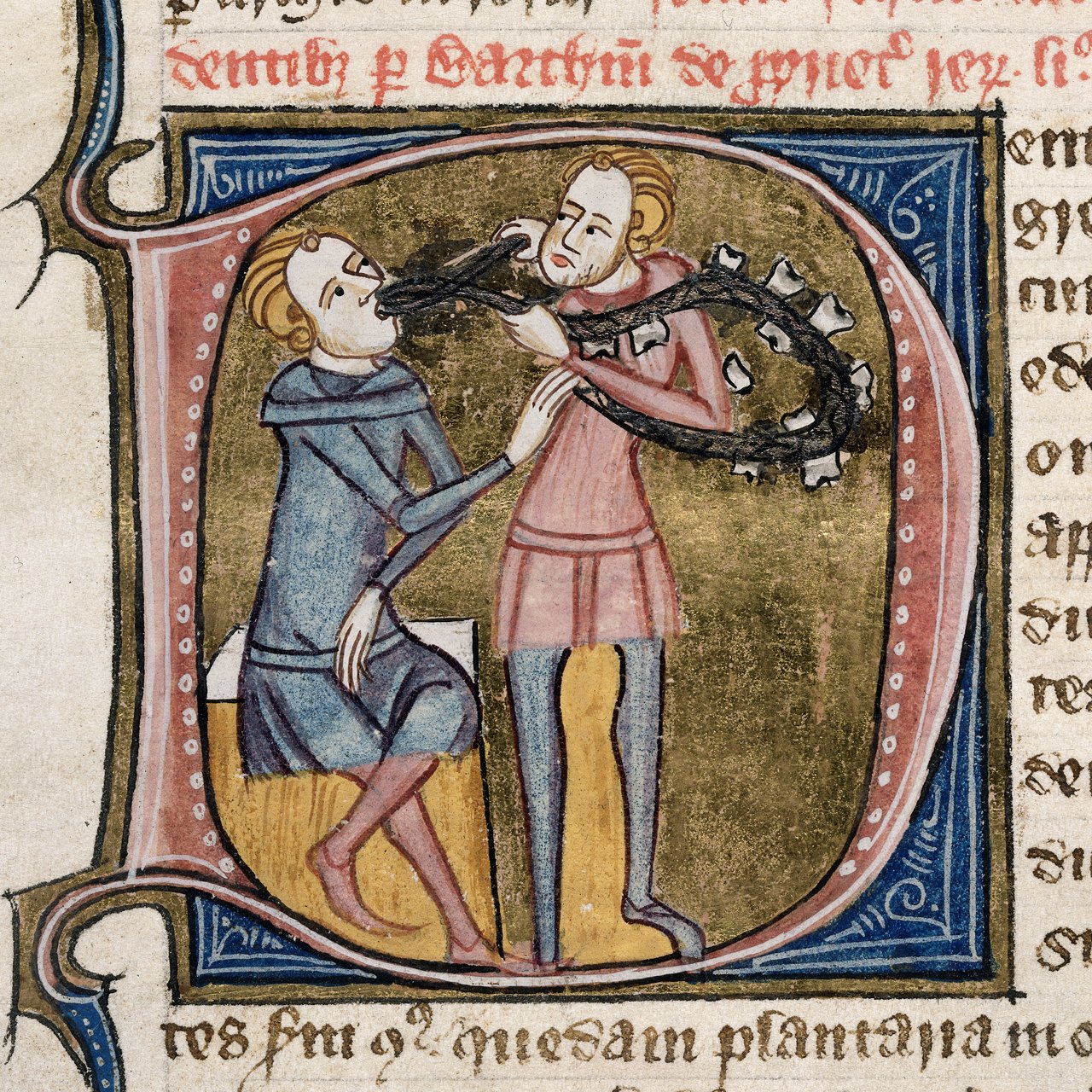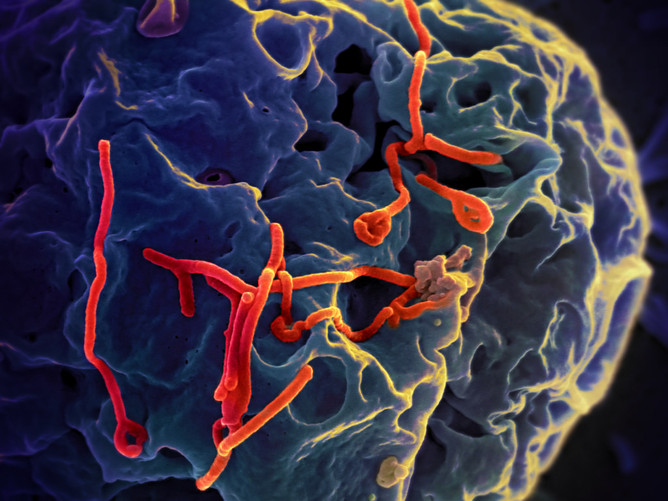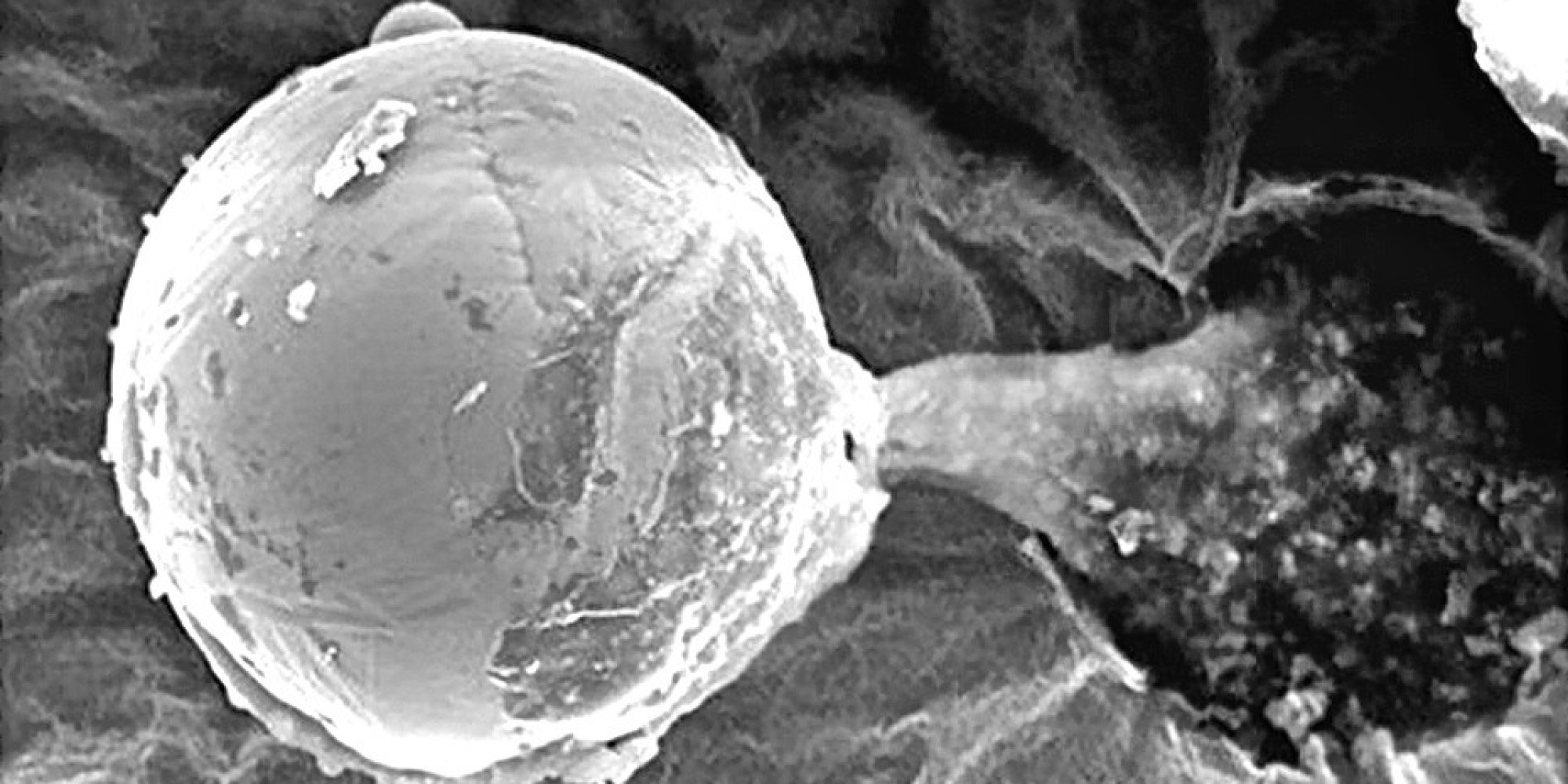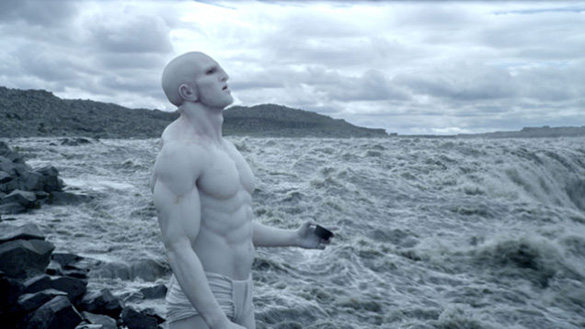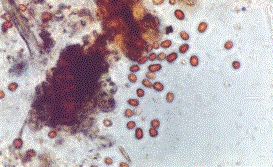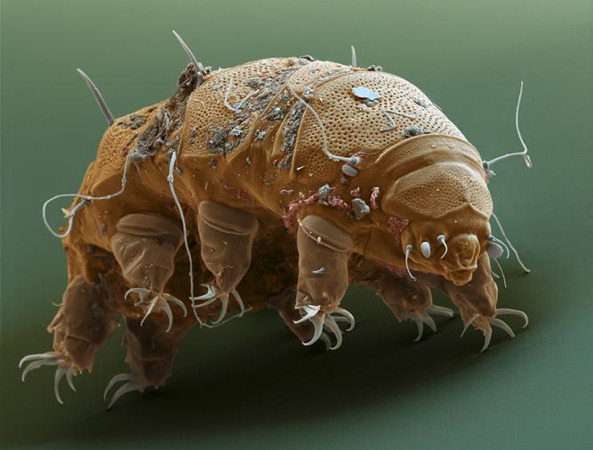You don’t have to travel far in Florida to see their iconic state reptile up close – Alligator missippiensis, the American Alligator. This apex predator has made such a successful comeback over just the last two decades. If you think finding one of them in your pool or at your door is bad news, consider yourself fortunate that you didn’t live in the South American jungles about 13 million years ago. Back then, these prehistoric beasts not only thrived in the American Southeast, but occupied a significant territory in what is now the western part of the Amazon River Basin. And they had competition, too. Peruvian paleontologists identified seven different species of crocodilians who called this region home. A great deal of diversity among each suggests that there might have even been more.
In the modern Amazon jungles, you never see more than three different types of crocodilians sharing territory – often alligators and their fairly close relatives the Central and South American caiman.
“It was a real crocodilian community,” said the study’s co-author, Rodolfo Salas-Gismondi of the Museum of Natural History in Lima, Peru. “To find seven species is just amazing.”
On the outskirts of Iquitos, Peru, Salas-Gismondi and his team stumbled across two large outcroppings of rock. Embedded in each was fossil evidence of seven different species who all co-existed in the same ecosystem. While the Amazon we know today is perhaps one of the most unique and delicate ecosystems in the world, it may have been preceded by ones that were a whole lot stranger. Salas-Gismondi suspects that such diversity among these monsters was due to the humidity and frequency of rainfall in the wetlands. 13 million years ago it was an immense swampland, offering limitless food for the crocodilians – another way to explain why some of them grew to massive proportions.
One of the prehistoric beasts that lived alongside the American Alligator and the South and Central American Caiman was Mourasuchus atopus, a behemoth that may have filtered water through its mouth to trap fish, in the way some modern birds do.
Another uncovered fossil was the already identified Purussaurus neivensis – a giant caiman the size of a stretch limousine and an apex hunter that fed off mammals and large turtles.
Perhaps most intriguing and most unlike any known living crocodilians today were three different animals that the researchers referred to as crushers, all of which were unknown to science until Salas-Gismondi published his work in the latest volume of Proceedings of the Royal Society B: Biological Sciences. The star of their paper was the creature Gnatusuchus, a name meaning “small-nosed crocodile.” Its skull was first found in a mud pile back in 2006, and was nearly destroyed by a motorboat propeller when the pilot hurried ashore to tie up his vessel.
“The thing was sitting there with the top of the skull and the eyeballs looking at us,” said one of the study’s co-authors John Flynn from the American Museum of Natural History in New York City. “It was just an incredible feeling, knowing immediately it was something so different.”
As intimidating as the name ‘crusher,’ may seem – you might think of them as the crocodilian version of Darwin’s finches – animals that adapted specifically to a diet of shellfish and mollusks which they would crush open with the use of their back teeth. A number of crushed clams have also been found in the fossil deposits.
“I didn’t really think of crocs as being clam-eaters before,” said vertebrate paleontologist David Schwimmer of Georgia’s Columbus State University, commenting on the latest research. “It’s not exactly ferocious, hunting down the giant killer clam. Just think of the image.”
While it was long suspected that the wetland’s apex predators were crocodilians of some sort, and the fossils shed valuable light about how this ecosystem may have worked, it is also an invaluable way to learn more about the diversity of crocodilians. The sixth type identified by the researchers as Caiman wannlangstoni, is believed to be one of the more recent ancestors of modern caimans.
So what happened to this forgotten link? The known crushers seem to be part of a very diverse branch of crocodilians, so how did they all disappear until now? The most likely answer is that the Amazon River itself was responsible. When it formed some 10.5 million years ago, it brought new currents of water flowing eastward into the Atlantic. When the sea levels dropped after the last Ice Ages, much of the swamplands were wiped out, along with the mollusks who specially adapted to it, killing off the crushers’ food supplies.
The Amazon also makes for poor preservation of fossils, as many minerals that are present in fossilization are recycled into the rainforest. The team was fairly fortunate to uncover these animals as well, since heavy vegetation alongside the river banks makes digging difficult.
|
James Sullivan
James Sullivan is the assistant editor of Brain World Magazine and a contributor to Truth Is Cool and OMNI Reboot. He can usually be found on TVTropes or RationalWiki when not exploiting life and science stories for another blog article. |


